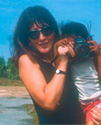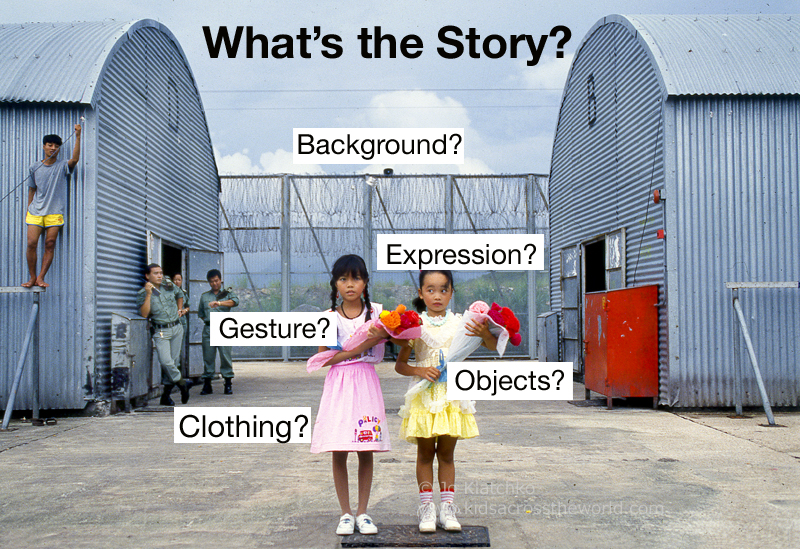
Photo-Detectives: Visual clues and Evidence!
Our photographs are not meant to be looked at. We encourage students to actively explore the images, to ‘step into ‘ the life, the culture, the country of the child feature. Guided by the teacher’s questions (we provide questions, answers, fun facts, background info and curriculum tie-ins/lesson plans) – students are transformed into eagle-eyed ‘Photo-Detectives’, who examine each image for ‘visual clues’, a process that turns each student into an explorer, and every story into a journey that leads to different cultures, countries and core-curriculum subjects such as social studies, geography, science, math and environmental studies.
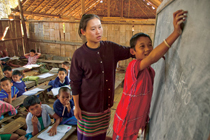
Kids love paying attention
Photo-detectives always slow down; they pay attention, look closely and are extremely observant – all the skills needed to find the visual ‘clues’ and evidence in order to find the story.

Finding – and Retaining – Knowledge
Photographs often tap into knowledge that young people might already have about other places or cultures. Photographs can provide a neutral starting point, a forum in which students can begin to share, discuss, and question their ideas/assumption in a collaborative way – and in a way that makes the information stick.
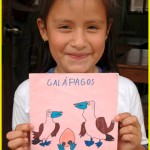
Evidence-Based Learning
The hugely rewarding process of discovery – of finding ‘evidence’ – is the driving force behind science, archeology, research – and all manner of detective work. Photo-Detectives don’t get Fact Fatigue – they love searching for information!

Assumption vrs Fact
The right questions encourage young people to look carefully and critically at various parts of the photo (the clothing, gesture, background, etc.), and to analyze how the details contribute to overall image, i.e., the story.
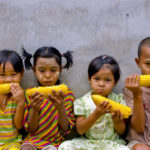
Empathy and Cultural Connections
The Kids Across the World images encourage students to explore the similarities and differences between their own lives and lives of children featured in each photograph. It’s a process that encourages young people to examine how others feel; to see the world from different perspectives; to gain an enduring sense of empathy


